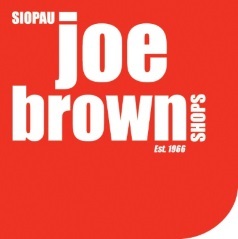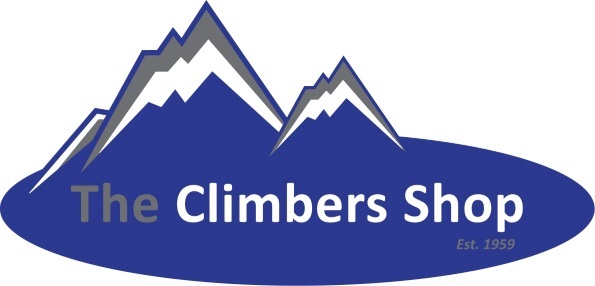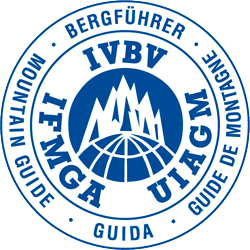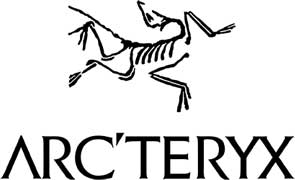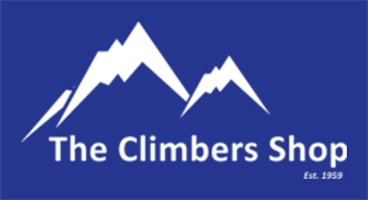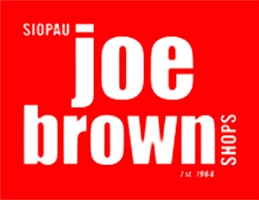Kyrgyzstan Equipment
Gearing up for Kyrgyzstan
The philosophy adopted here is that you will already have the core summer alpine/Scottish winter gear and it is really a matter of supplementing this in a number of key areas. The biggest difference to what most people are used to is operating from an advanced base camp (ABC) at around 4000m for an extended period of time with back-to-back alpine climbing days.
The challenge is putting together the necessary gear which can cope with a range of temperatures/conditions and which builds on your existing alpine gear, without you needing to buy too much specialised gear, which you might not need in the future. To this end, the focus is on identifying what gear you need in order to get the most from the trip and to try to ensure that any new gear you do buy, you will get regular use in the future such as in Alps or Scottish winters. However, if you are intending to go on future expeditions to the greater ranges or go to higher altitudes, then there are some more specialised gear options that it might be worth considering. These are highlighted below.
A limited number of brands are mentioned for practical purposes, there are alternatives to those mentioned here! Those identified are simply those that are known quantities and are merely representative. You will no doubt have your own preferred brands and it is always worth shopping around to get the combination of performance and price that best meets your specific needs.
Adrian Nelhams (ISM Guide and expedition leader) can answer any specific gear questions you may have. If you are buying gear, The Climbers Shop is ISM’s official retail partners and they offer special discounts to ISM clients
Boots
While the typical, traditional full weight B3 boot (such as the La Sportiva Nepal Evo or Scarpa Mont Blanc Pro Gtx) which you may already own and use for the European Alps in summer or in Scotland during the winter can often be adequate in terms of warmth when climbing just above 5000m, consideration should be given to boots aimed at alpine winter climbing and for peaks up to 6000m if you expect your trip to go that high. Please note that some of the lighter B3 boots might be marginal in terms of insulation). Good examples to consider are the Scarpa Phantom Tech (replaced the Phantom Guide) and the La Sportiva G5, both of which are lightweight, but very warm composite, single boots with integrated gaiters. However, depending on where you are going in Kyrgyzstan (bearing in mind the mountains here run for nearly 2000 miles from the Pamirs in the west to the Tien Shan in the east with a high point of 7,439m) some of these mountains, particularly as you travel further east, do feel colder than others! As a rule, September in Kyrgyzstan is very similar to September in the European Alps and can be cold – consequently many Guides will use double boots on Mont Blanc at this time of year (and for the early season e.g. June). Perhaps the major advantage of double boots for Kyrgyzstan is that the inners can be dried overnight in your sleeping bag (as can socks - carry an extra pair so that you always have a dry pair and a drying pair). This ability to keep boots dry is a very important consideration when you are spending multiple nights at an ABC situated around 4000m. (On this note, the Arc’teyrx Acrux AR boot with its removable lining is an excellent option worth considering in this regard, although its warmth and intended use is similar to that of the La Sportiva Nepal and Scarpa Mont Blanc boots).
The classic example of a double boot here would be the La Sportiva Spantik which you can still pick up in some retail outlets, although the newer La Sportiva G2 SM looks like an extremely good update on the lightweight double boot format. Other highly regarded examples include the Boreal G1 Lite.
It is worth checking with Adrian Nelhams the conditions you are likely to encounter on your particular expedition and whether a standard B3 alpine boot, a warmer single boot or indeed a double boot is recommended for your specific trip. If you are planning to climb in the Alps in winter in the future, then a warmer single boot or a double boot is worth seriously considering. If you are planning future trips at higher altitudes then the double boot option probably makes good sense as an investment.
Sleeping Bags and Mats
You want a good quality four or five (i.e. expedition) seasons down bag and a comfortable sleeping mat(s) system. Being warm at a high ABC is very important and you can anticipate that these camps will involve cold nights. This is one area where you don’t want to skimp!
Generally speaking, sleeping bags which are good to minus 20 and more are the benchmark here. At the warmer end of the spectrum, examples include the expedition bags from Mountain Equipment (Snowline and Iceline bags) and Rab (Expedition 1000). If you are planning to go on future expeditions at higher altitudes then this is probably a worthwhile investment (these bags are expensive!) and you can always lower the zip if you get too warm. These latest expedition bags are much lighter than their recent predecessors. However, if you don’t envisage such a future need, then these specialist expedition bags are too warm to be much use for anything else! Consequently, it is worth considering a good four seasons bag that is comfortable down to minus 12 or thereabouts. Examples here include the Mountain Equipment Xeros and the slightly warmer Kyros or the Rab Neutrino 600 or the slightly warmer Neutrino 800. This sort of bag is something you can use for the Alps and Scottish winters and therefore likely to be a better investment for many people. You can always boost the warmth of the bag if, albeit unlikely, you feel it too cold, with additional layers (see Clothing below). Something a bit less mainstream and an excellent value for money possibility, with a specification that falls somewhere between these two categories (as heavy as the expedition category and as warm as the four seasons bags), is the Summiteer Glow Worm 1200.
Finally, with regards to sleeping mats a two mats system is to be recommended. This involves pairing a foam mat (e.g. Multimat Expedition Extreme XL/Summit XL mats or the Thermarest Z-Shield ) with an inflatable mat (e.g. Thermarest Prolite/Prolite Plus). Here, placing the foam underneath protects your inflatable and provides a back-up if the worst case scenario does occur! For a real boost in comfort and with increased insulation (with a relatively small additional weight penalty) down filled inflatable mats are highly recommended (e.g. Exped Downmat 7 LW or 9 LW). Getting the right combination of sleeping bag and mat(s) can ensure a good night’s sleep no matter where you are – not to be underestimated in its importance.
Clothing
You’ll need your normal summer alpine clothing with the potential to boost these with the addition of warmer baselayers (e.g. the Arc’teryx Rho AR Zip Neck and Rho LT Bottom – both useful for extending the warmth of your sleeping bag too) plus an insulation layer for colder conditions on the higher tops. This could be a fleece but better still an artificial insulation layer like an Arc’teryx Nuclei Hoody or Patagonia Nano Air Jacket, for example. The new “active insulation” category offers much better alternatives to traditional fleece options being lighter weight, wind resistant, they pack up small and are generally warmer.. For sitting around camp at night a duvet jacket (e.g. Rab Neutrino Endurance Jacket or Arc’teryx Nuclei Parka) should suffice. Keep your legs warm is often forgotten about and makes such a difference to life at BC & ABC and getting some insulated pants is one of Adrian's 'top tip buys!' Take a look at the Arc'teryx Nuclei Pant there is also the Patagonia Nano Puff Pants or Rab's Photon Pants and Argon Pants.
Climbing trousers should be reasonably heavy to cope with the colder temperatures (e.g. Patagonia’s Simul Alpine Pants or something more a bit robust like the Arc'teryx Gamma AR Pant). With regard hardshells, lightweight is the way to go. While a full-weight, heavy duty three layer fabric such as Gore-Tex Arc'teryx Beta Jacket or similar will more than do the job, consideration can also be given to the lighter weight Gore-Tex Pro shells such as the Arc'teryx Alpha Jacket With gloves, it is worth going for a combination that allows for a range of temperatures/conditions down to the very cold. To this end, it is worth bringing both your summer Alpine and Scottish winter options. An additional pair of warm mitts is always worth carrying.
ISM Supported by:

Other bits and pieces...
Good quality collapsible trekking poles with powder baskets (essential on snow covered slopes and glaciers) are to be highly recommended. There are various options here if you do not already own a pair. Black Diamond’s Trail Pro poles which have flicklocks, easily adjusted even with gloves on are worth consideration, this locking system seems so much more user-friendly than the twisting alternative. More expensive, more collapsible versions are available which are much easier to stow and worth considering. With regards to a rucksack, the size of your packed sleeping bag (this has decreased in recent years) is likely to be a major determinant of what you need here. Something in the range of 50-60 litres will typically be more than adequate (examples include the Black Diamond Speed 50; Blue Ice Yeti 50; and Crux 3G AK57). Some people have been known to get away with 45 litres! (e.g. Arc'teryx Alpha FL). The key thing to remember is that, other than the carry into and out of ABC, you are mainly using your rucksack as a day sac, so you need something you can happily collapse or expand as necessary. What is required here is the sort of rucksack you would use for a multiday trip in the Alps where you were carrying bivouac gear or for bigger days in Scottish winters.
Finally, and perhaps most controversially in certain image conscious quarters, a pair of Crocs is excellent around both basecamp and ABC with the added utility of being perfect for wading across rivers. Just wait and see…

